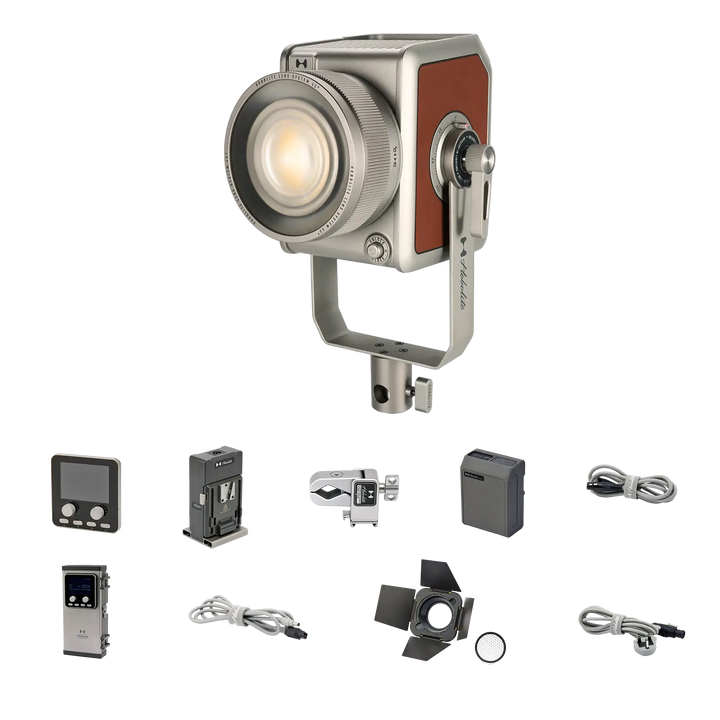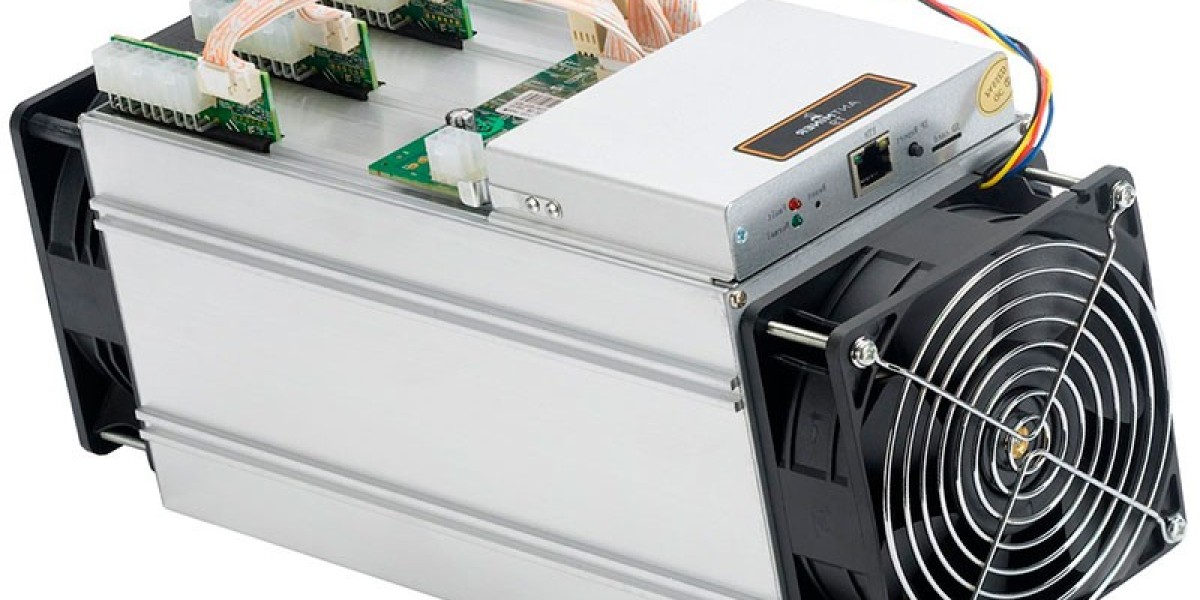Unlock the Secrets of Studio Lighting: Transform Your Photography Skills Today!
In the world of photography, lighting can make or break an image. Studio lighting, in particular, plays a pivotal role in the quality of photographs, allowing photographers to create stunning visuals that capture the viewer's attention. Whether you are a novice looking to improve your craft or an experienced photographer seeking to refine your technique, understanding studio photography lights is essential. This article will explore the different types of studio photography lights, their unique features, and how to use them effectively to elevate your photography skills. Get ready to illuminate your creative journey!

Understanding Studio Photography Lights
Studio photography lights are specialized lighting tools designed to enhance the quality of images taken in a controlled environment. Unlike natural light, which can be unpredictable, studio lights provide consistent illumination that allows for precise control over how a subject is lit. The basic principles of lighting in photography include understanding the direction, intensity, and quality of light. By mastering these principles, photographers can manipulate shadows and highlights to create depth and dimension in their images. Good lighting can transform even the simplest subject into a captivating visual story, making it an indispensable part of any photographer's toolkit.
Types of Studio Photography Lights
When it comes to studio photography lights, there are several types to choose from, each with its unique features and benefits. Continuous lights provide a steady source of illumination, allowing photographers to see how the light interacts with their subject in real time. Flash or strobe lights, on the other hand, emit a quick burst of light, freezing motion and creating dramatic effects. LED lights have gained popularity due to their energy efficiency and versatility, offering a wide range of color temperatures and brightness levels. Understanding the differences between these types of lights will help you choose the right tools for your photography needs.
Continuous Lights
Continuous lights are always on, making them an excellent choice for beginners who want to see the effects of lighting instantly. They are particularly useful for video work or when photographing subjects that require a constant source of light. The main advantage is the ability to preview your shot in real time, while a potential downside is that they can generate heat and consume more power than other types of lighting.
Flash/Strobe Lights
Flash or strobe lights are powerful bursts of light that can freeze action and create dramatic lighting effects. They are great for high-speed photography, such as capturing moving subjects in sports or wildlife photography. The benefit of using flash is the ability to control the exposure and create a variety of lighting effects; however, they may require additional equipment like triggers and reflectors to maximize their potential.
LED Lights
LED lights are becoming increasingly popular in studio photography due to their energy efficiency and flexibility. They generate less heat compared to continuous lights and come in various color temperatures, allowing for easy adjustments to match the desired mood of a shoot. Their compact size and lightweight nature make them an excellent choice for location shoots or small studio spaces.
How to Use Studio Lights Effectively
To achieve stunning results with studio lights, proper positioning and usage are key. Start by determining your subject's main light source; typically, this light should be placed at a 45-degree angle to the subject for flattering results. Experiment with light modifiers such as softboxes and umbrellas to diffuse harsh light and create softer shadows. Additionally, consider using reflectors to bounce light back onto your subject for a more balanced look. Don’t hesitate to experiment with different lighting setups, such as three-point lighting, to achieve depth and dimension in your images. Practice makes perfect, so take the time to play around with your lights and discover what works best for your style.
Mastering Studio Lighting Techniques
In conclusion, understanding and mastering studio photography lights is crucial for enhancing your photographic skills. From continuous and flash lights to the versatility of LEDs, each type has its unique advantages that can help you create breathtaking images. As you explore different lighting techniques and setups, remember to experiment and find what resonates with your personal style. With practice and creativity, you can unlock the full potential of studio lighting and take your photography to new heights. So grab your lights and start creating stunning visuals!








